As part of a routine maintenance and safety check, HMS Queen Elizabeth has once again demonstrated its readiness for Chemical, Biological, Radiological, and Nuclear (CBRN) threats, underscoring the critical role its engineering team plays in maintaining operational safety.
On National Engineering Day, the aircraft carrier’s Marine Engineers donned drysuits and tested one of the more unusual, but essential, defence systems aboard: the CBRN washing-down system.
We have many ways to protect ourselves.
One of the more unusual is a set of sprays that can coat the upper deck with water during a suspected chemical attack.
These are checked regularly, which means our Marine Engineers need to get their drysuits on!#NationalEngineeringDay pic.twitter.com/k8j1eAdW11
— HMS Queen Elizabeth (@HMSQNLZ) November 13, 2024
The CBRN washing-down system is a decontamination measure designed to protect the upper deck of the vessel in the event of a chemical attack. In such a scenario, the ship’s system releases a fine spray of water that coats the deck to neutralise potential chemical agents.
This process is vital in ensuring the safety of the crew and preventing the contamination of the ship’s essential equipment.
As HMS Queen Elizabeth tweeted on National Engineering Day, “We have many ways to protect ourselves. One of the more unusual is a set of sprays that can coat the upper deck with water during a suspected chemical attack. These are checked regularly, which means our Marine Engineers need to get their drysuits on!”
The importance of the CBRN system cannot be overstated, especially considering the strategic role that HMS Queen Elizabeth plays as one of the Royal Navy’s flagship vessels. As a hub for power projection, the ship must be prepared for a wide range of threats.
The carriers
The Queen Elizabeth-class aircraft carriers are the largest and most advanced warships in the Royal Navy, designed to serve as the primary components of the UK’s Carrier Strike Group. This class includes two vessels: HMS Queen Elizabeth, commissioned in December 2017, and HMS Prince of Wales, commissioned in December 2019. Built by the Aircraft Carrier Alliance, these carriers were developed at a total cost of approximately £7.6 billion. They replace the earlier Invincible-class carriers and are built to support a variety of maritime operations.
Each Queen Elizabeth-class carrier has a displacement of 65,000 tonnes and a length of 284 metres. Their propulsion is provided by integrated electric systems combining Rolls-Royce Marine Trent MT30 gas turbines with Wärtsilä diesel engines, producing a total power of 158,800 horsepower. These vessels are capable of speeds over 25 knots and can travel up to 10,000 nautical miles on a single mission. They have berths to accommodate up to 1,600 personnel, including crew and air support units.
The carriers can house an air wing of up to 40 aircraft, including F-35B Lightning II jets and Merlin helicopters for roles such as anti-submarine warfare and airborne early warning. The flight deck, equipped with a 12º ski jump, is optimised for short takeoff and vertical landing (STOVL) operations, enabling the launch and recovery of F-35B aircraft. The hangar deck provides additional space for the maintenance and storage of these aircraft, with dimensions of 155 m x 34 m x 7 m.
For defence and situational awareness, each carrier is outfitted with a Phalanx Close-In Weapons System (CIWS), 30 mm DS30M Mk2 guns, and heavy machine guns. The radar and sensor systems include the S1850M long-range radar and Type 997 Artisan 3D radar, providing extensive tracking and detection capabilities to support the carrier’s operations.
At the UK Defence Journal, we aim to deliver accurate and timely news on defence matters. We rely on the support of readers like you to maintain our independence and high-quality journalism. Please consider making a one-off donation to help us continue our work. Click here to donate. Thank you for your support!


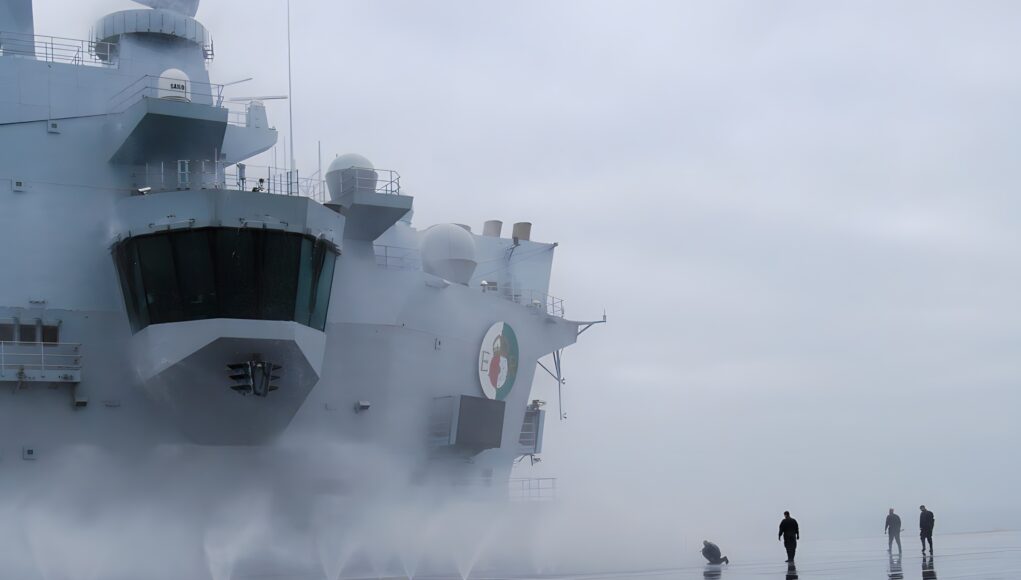
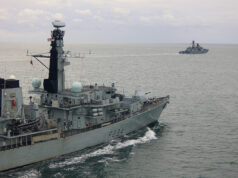
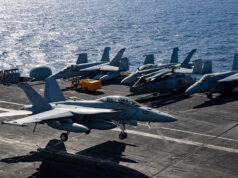

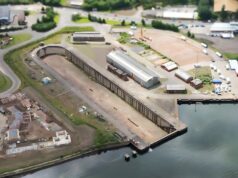
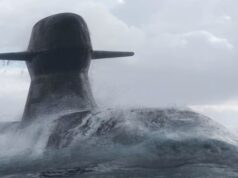


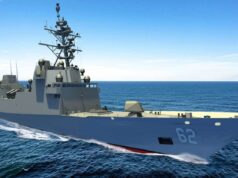
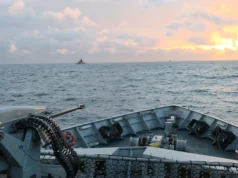


Underlining not underscoring
Funny, I got told two months ago by a flight deck crewmember on QE that the prewetting system didn’t work.
Must have been a quick engineering job, hence the hammers on display!
If that was true: which I doubt – and back to my 1980’s experiences it was taken seriously: that might be a tiny bit too much information?
I don’t know how serious he was being.
One of his colleagues was explaining how the system worked because one of my mates had asked about the holes in the flight deck and he butted in with “but it doesn’t work at the moment anyway”.
Made me wonder on seeing this whether it was a post-fix test.
Off the cuff comments about things not working are always part of a ships tour.
Part of the usual negative British approach.
If you have ever been on a foreign warship they comments are generally along the lines of ‘nothing works on this ship – it is not a British ship’ which would also be untrue.
The serious point is that RN maintenance standards are widely admired and significantly better than other navies one could mention. If things are on an RN ship they generally work pretty well.
Shouldn’t believe everything said in the naafi queue😀
What NAAFI?
Oh dear don’t tell me 10-10.30 is not naafi break anymore😂
NAAFI not as “widespread” as it used to be, but I’m sure in house”/unit Tea/Coffee “Swindles” can take up the slack’.
Going back a long time mate👍😀
Not before South Brick Lines at Cranwell in 1954 I trust? Excellent NAAFI incidentally.
There’s a NAAFI on QE, it’s basically a small supermarket.
If you’re going to do prewet trials, do it in the tropics.
Warm water, sun, just need to wear shorts and sandals and a set of goggles. Much more civilised.
Of course, in the UK a few FF/DD have in the past tested pre wet alongside …
during cocktail parties…
Major sense of humour failure
I would be interested to know how it ‘neutralises’ chemicals, being just salt water.
Wash down yes